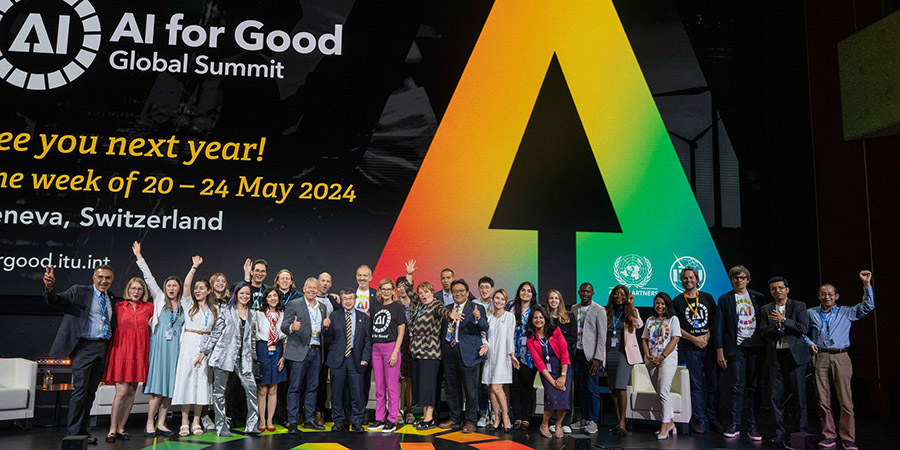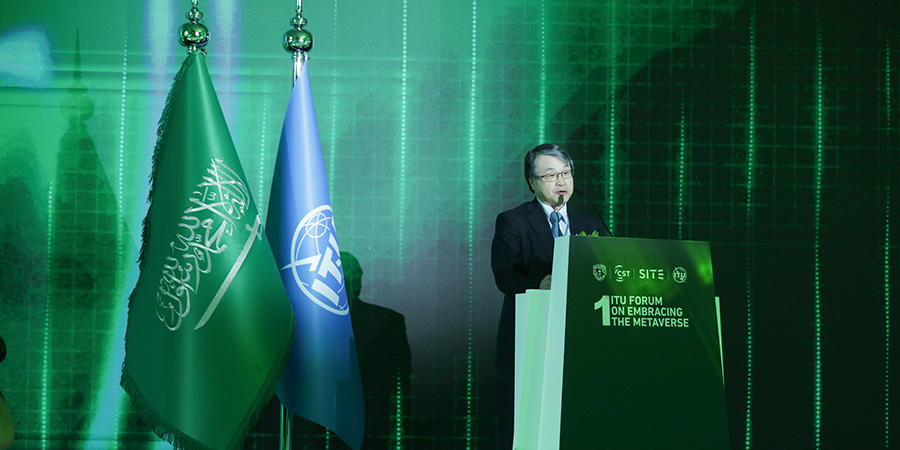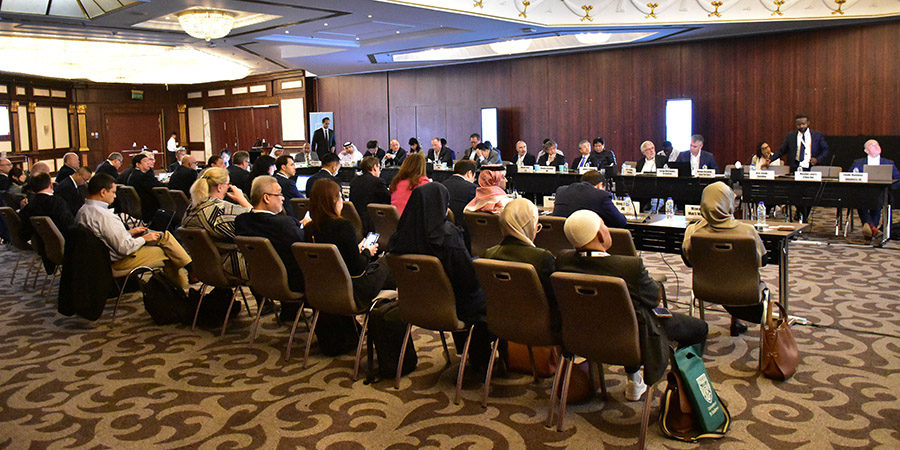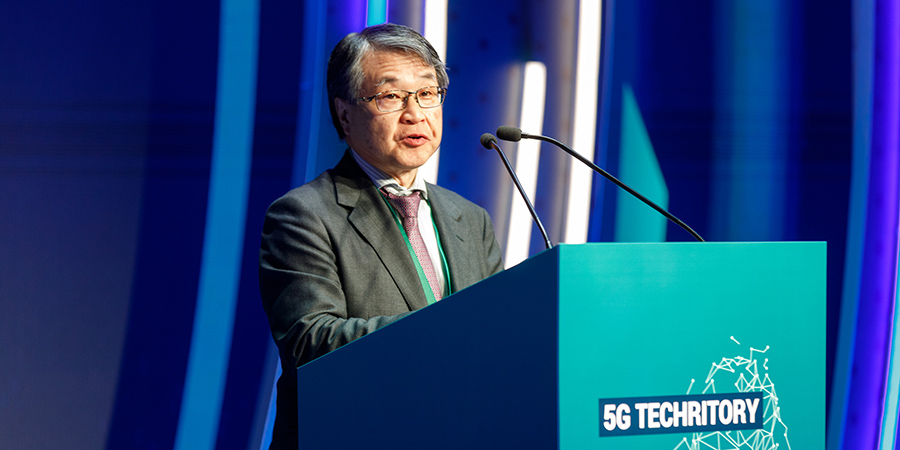Standardization plays a pivotal role in shaping the telecommunications industry, offering a myriad of advantages that significantly boosts the sector’s overall compatibility, interoperability, growth, and efficiency.
The seamless integration of systems and telecommunications equipment from diverse manufacturers is a direct outcome of standardization, facilitating smooth collaboration and interaction. Standardization also promotes global consistency in technologies and practices. This is especially important for international communication and roaming services, which allow users to connect across networks and countries. Above all, through providing a common framework, standards provide a stable foundation for innovation. Given that companies can build on established norms, this encourages the development of new technologies and services, fostering a dynamic and competitive industry.
In an exclusive interview with Telecom Review, the International Telecommunication Union (ITU) Director of the Telecommunication Standardization Bureau (TSB), Seizo Onoe, discussed ITU’s role in implementing standardization among different industries.
As you end your first year in office as TSB Director, could you share key insights into the global telecom landscape that involved ITU’s standardization sector?
In almost a year with ITU, I have gained a deeper understanding of the diverse, wide, technological domains that ITU’s standardization sector covers; ranging from transport and network infrastructure to security, multimedia, IoT (Internet of Things) and smart cities, as well as the operational domains such as numbering.
Among the many emerging developments, the metaverse stands out for me. Since the first meeting of our metaverse focus group in March 2023, our work on the metaverse has continued to garner substantial interest from significant global stakeholders, spanning ally industries and the telecommunications sector alike. Due to its significance, there is a need for us to advance our efforts in this domain.

Our ‘AI for Good’ initiative, which has been active for several years, focuses on the technical aspects of AI helping the achievement of the UN Sustainable Development Goals. We are actively exploring the positive aspects of AI in a wide variety of areas, such as healthcare, agriculture, and disaster management. At the same time, we also dive into negative aspects and seek solutions to mitigate the adverse effects.
For instance, the Global Initiative, ‘AI for Health,’ driven by ITU, WHO and WIPO aims to ensure that AI fulfils its potential to support diagnosis and treatment, along with more efficient and inclusive healthcare services. The initiative builds on the momentum of the ITU-WHO focus group covering AI for Health.
We have developed a benchmarking framework for audits and clinical evaluations of new AI solutions. The open-code proof of concept for the benchmarking platform showcases the kinds of metrics that could help technology developers and health regulators to certify AI solutions, just as they do for other medical equipment.
We have also delivered practical guidance on AI in healthcare, addressing concerns around governance, ethics, regulation, and data quality. This guidance can help regulators and AI developers to navigate the challenge of certifying AI health solutions.
Our open-code programme— conceived as a digital public good— has enabled experts to collaborate on the development and benchmarking of innovative AI solutions for health, demonstrating how our guidance can be applied in practice. Our global initiative will also promote collaborative mechanisms for AI solutions to reach underserved communities, and its scaling programme will assist low and middle-income countries in adopting AI solutions for health.
Could you elaborate on the specific involvement of ITU’s standardization sector in the metaverse developments over the past year? What role does ITU play in shaping standards related to the metaverse within the global telecom landscape?
We aim to support the emergence of an open, inclusive metaverse. This will demand interoperability, and standards play a key part in enabling interoperability. Standards will be essential in helping virtual worlds to interact effectively.
ITU’s metaverse focus group offers a venue to start laying the groundwork for technical standards that can help create an underlying technology and business ecosystem that encourages market entry, innovation, and cost efficiency.

This focus group enjoys strong participation from a great number and variety of experts. It looks well positioned to deliver great value to metaverse growth and innovation. It is leading pre-standardization studies that will deliver a standardization roadmap for the metaverse. Our focus groups are open to all interested experts. We are inviting everyone to influence this work to establish a basis for associated metaverse standards development in ITU study groups.
Our metaverse focus group has already completed 22 deliverables, including; a definition of the metaverse, and topics such as generative AI in the metaverse; metaverse crossplatform interoperability; cyber risks and threats; the protection of personal data; accessibility for persons with disabilities; sustainability; ethical issues for consideration in metaverse standardization work; and policy and regulatory considerations.
With telecom players evolving dynamically, how is ITU planning to continue minimizing the risk of divergent and competitive approaches to standardization?
In addressing the risk of divergence, we remain committed to a consensus-based process. We recognize the constant challenge of responding quickly to the ever-changing landscape of technological advancements. To effectively navigate this terrain, our organization has strategically formed collaborative partnerships with like-minded organizations. This collaborative approach not only improves our collective ability to adapt to rapid changes, but it also cultivates a strong network of expertise and shared resources.
Also, we need to have a common understanding and share views with industry players on a regular basis. Our CxO meeting is a good opportunity to exchange views with industry decision makers on areas of innovation where they see valuable opportunities for standardization work to build consensus on the way forward.

Why is the collaboration of industry players and regulatory authorities key to building a secure and resilient ICT environment?
These collaborative efforts are critical to the successful integration and adoption of standards within the larger technological landscape.
ITU standardization work is driven predominantly by industry players. Our standardization process ensures that all participants’ voices are heard, and that every step forward is determined by consensus decision-making. Our trusted process gives rise to trusted standards. That’s why take every opportunity to highlight the value of our standardization platform— collaborations that develop standards at ITU yield remarkable benefits for the industry.
Let me make just a couple of examples. Every day we count on optical networks built to ITU standards. These networks have grown in capacity by an average of 40 per cent a year for the past 40 years. Such rapid growth, at viable costs, was enabled by ITU standards. Almost all videos, over any medium, rely on video-compression algorithms standardized jointly by ITU, ISO and IEC— resulting in work that has been honored with two Primetime Emmy Awards.
Technical standards have always been essential to the ICT industry. But ICTs are now driving innovation across every sector. This creates convergence in the business of different industries. That’s why ITU is so invested in bringing together experts from different sectors, including regulators who are navigating a convergence in their responsibilities.
Today, our standards need to meet the requirements of a diverse and expanding range of industries.
Our standards now support digital transformation in areas from energy and transportation to healthcare, financial services, and agriculture, as well as the drive towards smart cities. Our standards also encourage everyone to take advantage of advances in AI and machine learning.
This calls for broader industry engagement than ever before. Standardization work needs to be driven by everyone that will rely on the resulting standards.
How does ITU support Asia’s digital development and ensure global inclusivity in its efforts to address digital development challenges, implement standards, and support digital transformation, considering the unique needs and challenges faced by different regions or countries?
Our organization is actively involved in regional developments, including Asia’s changing landscape. Recognizing disparities in development and economic status, we are committed to closing the standardization gap that such challenges have created.
To effectively bridge this gap, our initiatives prioritize activities that encourage developing countries’ active participation. We are committed to stepping up efforts in this critical area, emphasizing the importance of increased standards implementation in developing countries. We hope to foster tangible progress and ensure the successful integration of standardized practices by focusing on practical application and adherence to standards.
Countries in Asia and the Pacific are home to some of the world’s most advanced ICT industries as well as some of the fastest-growing. Countries in the region work hard to bridge standardization gaps within the region. They also offer strong support to ITU’s efforts in bridging these gaps on an international scale. I am glad to highlight that my country, Japan, offers us particularly strong support.
ITU’s work covering development provides technical assistance to developing countries in expanding their digital infrastructure, for example by assisting countries’ development of relevant policy and regulatory frameworks.
But let me focus on the importance of ITU’s standardization efforts in fostering development.
Technical standards are essential tools that can be used to drive infrastructure development as cost-effectively as possible. Standards play a crucial role in ensuring reliability and interoperability, instilling the confidence needed to sustain investments in our digital future.
But developing countries still have many more benefits to gain from standards and supporting standardization processes. ITU’s ‘bridging the standardization gap’ programme supports developing countries in increasing their engagement with our work, optimizing the benefits derived from international standards. This initiative stands as a pivotal contribution to ITU’s overarching efforts to enable everyone to leverage the latest advancements in ICTs.
Examples of our associated services include providing financial assistance to ITU delegates from certain developing countries to facilitate their participation in our work; and training for delegates, focusing on practical skills that have proven to help them draw maximum value from their participation in our work. Our regional groups within our standardization expert groups (ITU study groups) also play an important part in helping different regions of the world to ensure that ITU standards meet their priorities.
From a leadership perspective, how critical is telecom’s role in today’s digital transformation? How will ITU continue to support this journey?
The two main priorities of ITU’s strategic goals are to promote universal connectivity and sustainable digital transformation. I also promise to actively contribute to the achievement of this objective by making consistent efforts in the field of standardization. My goal is to contribute significantly to the shaping and enabling of the sustainable evolution of digital landscapes in line with ITU’s strategic objectives through my involvement in all these initiatives.
